As bad as the polls look, and have looked for three weeks, they’re bound to get better (although maybe not stay better). It’s impossible to believe that a candidate as weak as Hillary is on a glide path to the presidency with a 10-point swing-state lead that won’t be dented over 85 days. Despite Trump’s best efforts to alienate everyone outside of his base, something will happen to give him new hope — a surprisingly strong debate, a major terror attack somewhere, one or two or five new Clinton scandals, maybe even a Wikileaks deus ex machina. The significance of her lead right now isn’t that the actual vote will look exactly like this (although it might depending upon how Trumpy a Bannon-ized Trump gets on the trail). The significance of her lead is that she’s built herself enough of a cushion that she can probably sustain a heavy blow and still hang on.
Usually Labor Day is cited as the starting point for when polls start to tighten. Has the tightening already begun?

That’s three polls in a row where Trump has been within four points or less in the four-way race. More good news: Over the past week, in the last four polls taken, Hillary’s national polling against the other three candidates has topped out at 41 percent and was as low as 39 in one survey. She hit 45 several times after the Democratic convention but now she’s back to plodding along just north of 40. The catch for Trump, as usual, is that his own numbers remain stuck in the 30s. Of the last nine polls taken, he’s been at 35-37 pretty consistently and has hit 40 percent just once. Gary Johnson and Jill Stein, meanwhile, are collecting an average of nearly 12 percent between them. Some of them could peel off for Trump later to shrink his margin, but Johnson’s and Stein’s bases skew young and it’s Hillary who outperforms Trump among young voters. The usual mass defections from third-party candidates might not happen this October, and if they do there’s as much reason to think they’ll favor the Democrat as the Republican challenger.
In fact, Johnson’s strength among voters 18-29 in Pew’s data is a big reason why Clinton’s being held to a four-point lead. Johnson’s just eight points back of Trump among that demographic, with Stein nearly in double digits herself. Hillary tops out at just 38 percent. That’s consistent with what we saw yesterday in Colorado, where Johnson is actually second among young voters ahead of Trump, Stein a surprisingly strong fourth. Clinton’s weakness with younger voters is helping to keep the race close and Trump’s even greater weakness is helping to keep her ahead. Another demographic here where she’s weak — unusually so — is among Hispanics, where she splits 50/26 over Trump. That’s an amazingly good result for Trump when you remember that Obama won Latinos 71/27 over Romney. Trump would be on track here to outperform that by a lot this fall, which is … surprising given how poorly rated he is among Latinos in most other polls. It’s worth watching his Latino share in the next few survyes, but it could be that that number here is an outler. Pew went so far as to flag the result as the product of a small sample, and if you look back at its previous polling in June, you find Hillary winning among Latinos, 66/24. If you believe today’s data, she’s fallen off 16 points(!) among a core Democratic constituency at a moment when she’s reliably ahead in national polls, with no obvious explanation as to why. Does that result seem plausible?
Kind of important to know too, for hopefully obvious reasons:
William H. Frey, a demographics expert with the Brookings Institution, a nonpartisan think tank, conducted several simulations that tried to determine how much the turnout among white men without college educations would have to increase for Mr. Trump to win. He used the most recent ABC News/Washington Post poll of registered voters that had Mrs. Clinton beating Mr. Trump in a nationwide two-way race, 50 percent to 42 percent. It was among the better polls for Mr. Trump lately.
Mr. Frey tested different turnout assumptions, including improbably optimistic ones, like if 99 percent of white, non-college-educated men turned out to vote. None of the chain of events produced a Trump victory.
Hillary’s mega-landslide margins among blacks and Latinos are what make Trump’s landslide margins among working-class whites, especially white men, insufficient to win. If her margins slip a bit, he’s got space to make a move. (He leads by 25 among whites without a college degree in Pew’s data.)
This is a, er … sort of encouraging result for Trump too. I guess? With any other Republican nominee, having as many as 55 percent of voters expecting him to make “major mistakes” as president would be good cause for a Drano cocktail, but Trump normally gets killed on questions of whether he’s qualified compared to Clinton. The gap here isn’t that large. Although it does bode ill for how late-deciders might tilt if their vote comes down to who they think would be a steadier hand on the wheel:

Finally, here’s something worth noting just because it’s interesting. Republicans were fairly solid on free trade until Trump came along. Did he convince them of the merits of protectionism, or were they always quietly soft on protectionism but only felt free to voice their opinions once Trump shattered official GOP orthodoxy?

One other wrinkle in the Pew data: Trump’s at 76/5 among Republicans, Clinton’s at 79/4 among Democrats, nearly identical numbers. Normally that result would be prosaic but one of the trends in post-convention polling has been Hillary solidifying her party while Trump still lags a bit in solidifying his. (He’s actually lost GOP support since the convention in some polls.) Either those lost Republicans or coming back or Hillary herself has lost some support recently within her own party. Hard to account for that, but if Pew really is picking up some early tightening, maybe that explains it.
In lieu of an exit question, go read Harry Enten making the case for why the race isn’t over yet. Granted, no one has actually come back from trailing by this many points to win, but Hubert Humphrey nearly did it against Nixon. Even now, Trump has a better than one in 10 chance of winning. If some sort of gamechanging event intercedes before November, who knows?


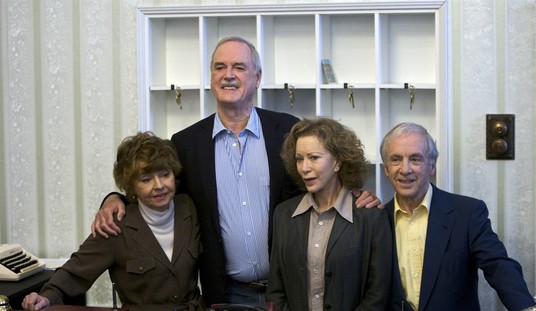
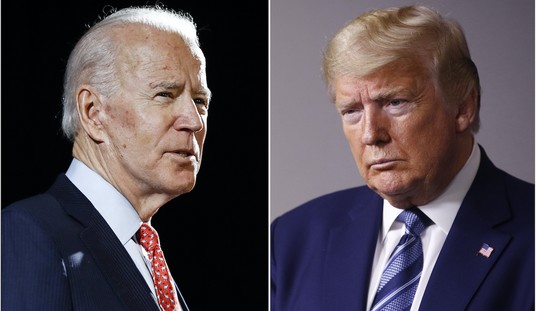

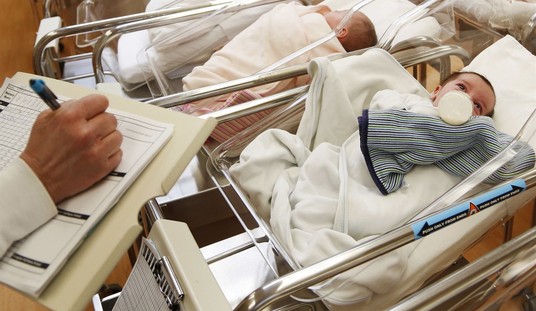
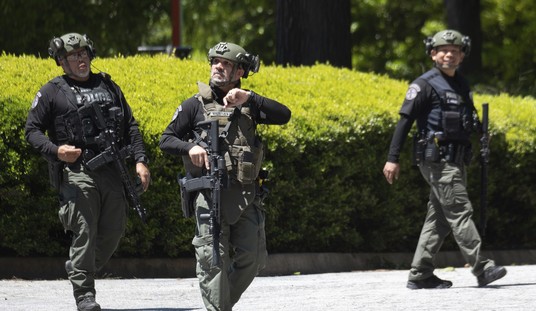
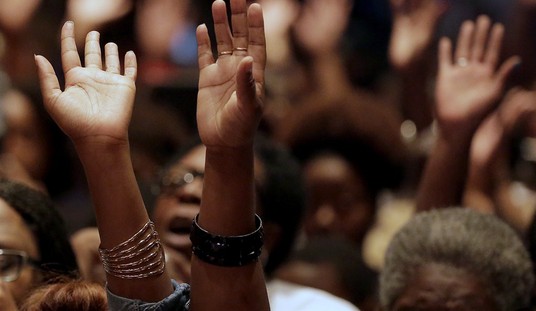
Join the conversation as a VIP Member